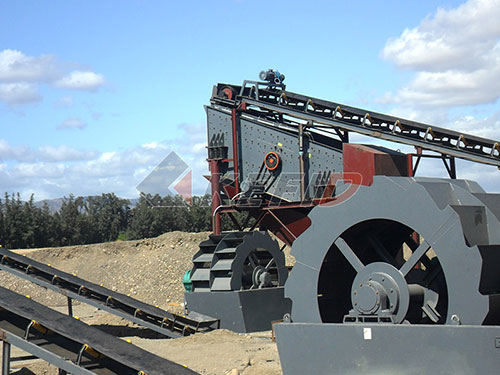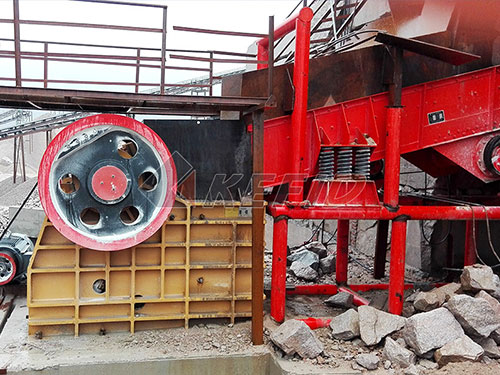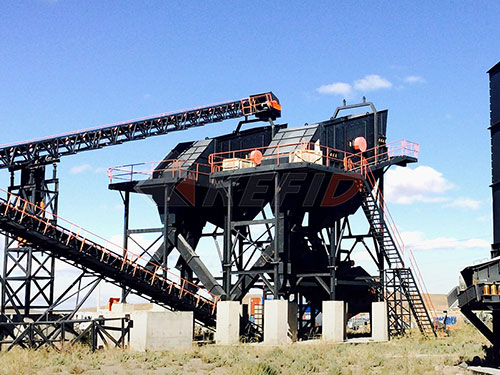Navigating the Financial Terrain: A Deep Dive into Gravel Crusher Plant Expenses in Peru
Peru’s dynamic economic landscape is intrinsically linked to its vast mineral wealth and burgeoning infrastructure development. At the heart of both sectors lies a fundamental process: aggregate production. Gravel crusher plants are indispensable workhorses, transforming raw rock into essential materials for concrete production, road base construction, railway ballast, and countless other applications. However, establishing and operating these facilities involves navigating a complex web of financial considerations unique to the Peruvian context. Understanding these expenses – capital expenditures (CAPEX) and operational expenditures (OPEX) – is critical for investors, contractors, and project managers aiming for profitability and sustainability.
I. The Imperative of Aggregates in Peru
Peru’s economy thrives on mining (copper, gold, zinc) and ambitious public infrastructure projects aimed at improving connectivity across its challenging Andean terrain and vast Amazonian regions. Simultaneously rapid urbanization demands constant residential and commercial construction.
Mining Sector: Requires vast quantities of aggregates for haul roads within mines tailings dam construction access roads processing plant foundations.
Infrastructure Projects: Major initiatives like road expansions port upgrades irrigation systems rely heavily on crushed stone gravel sand.
Construction Boom: Housing commercial buildings require concrete made from aggregates.
This sustained demand creates significant opportunities for aggregate producers but also intensifies competition making efficient cost management paramount.
II. Dissecting Capital Expenditures (CAPEX)
The initial investment required to set up a gravel crushing plant in Peru is substantial influenced by numerous factors:
1. Plant Type & Scale:

Stationary Plants: Higher upfront cost due to permanent foundations extensive conveying systems large silos potential buildings Requires significant site preparation Suitable for large longterm deposits near major markets.

Mobile Crushing Plants: Lower initial CAPEX higher mobility flexibility Can be trackmounted or wheeled Ideal for smaller deposits shorterterm contracts remote locations projects requiring relocation Reduced site prep costs compared to stationary units.
SemiMobile Plants: A middle ground offering some mobility without full trackmounted flexibility Often modular design potentially lowering transport costs compared to stationary units while offering greater capacity than typical mobile setups.
2. Equipment Selection & Sourcing:
Crushers: Primary Jaw Gyratory Secondary/Tertiary Cone Impact VSI/HSI Costs vary significantly based on type brand capacity technology efficiency Wear part longevity impacts longterm OPEX.

Leave a Reply